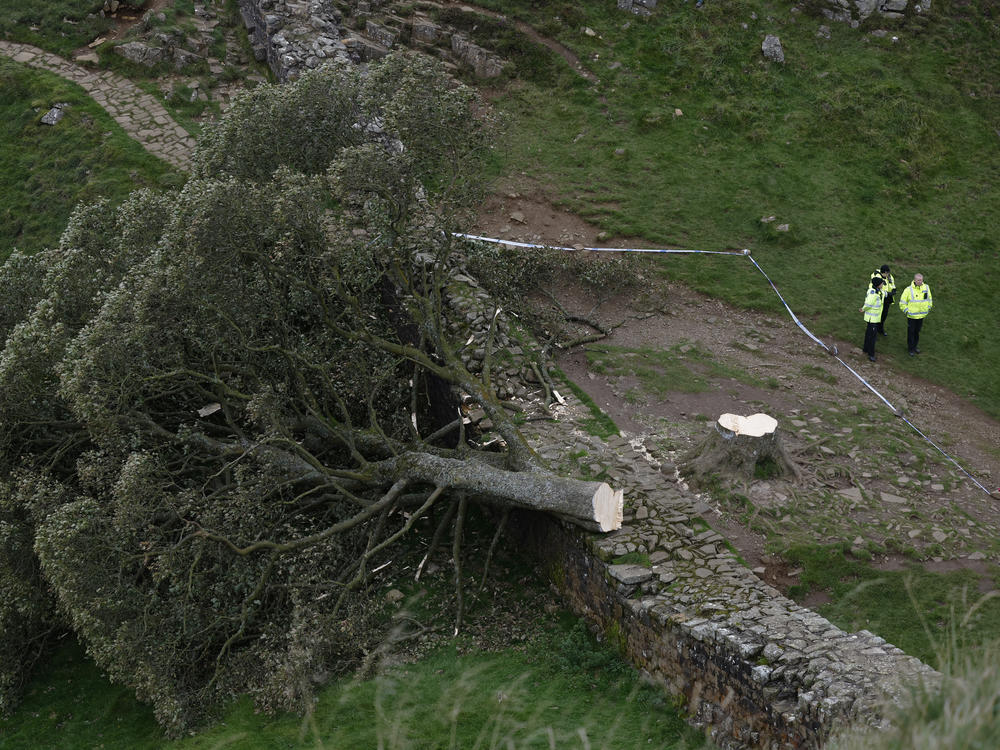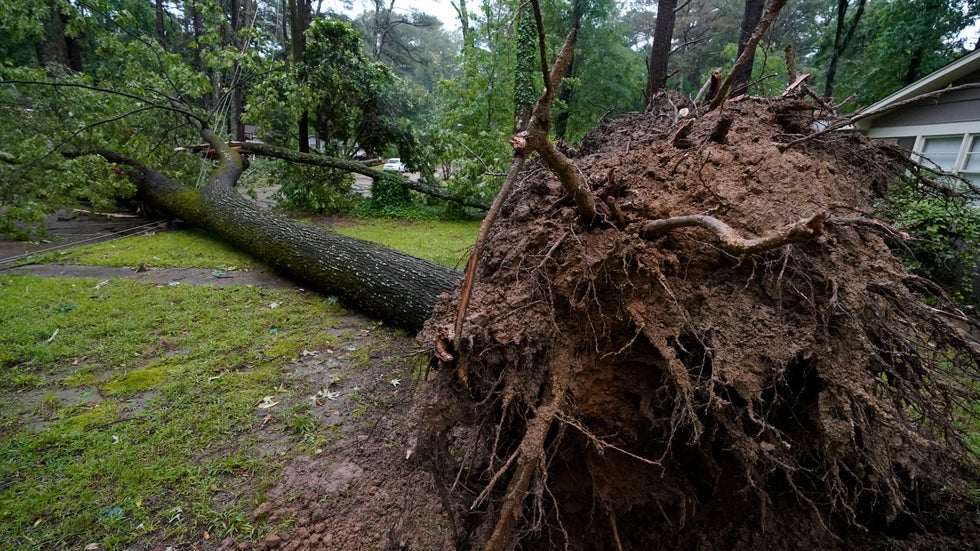Cutting down a tree can be an intimidating task, but with the right knowledge and preparation, it can also be a safe and rewarding experience. Knowing how to safely cut down a tree is essential for anyone wanting to take on this project.
In this article, we will provide essential tips on how to make sure your tree falls in the desired area when you are ready to saw or remove it. We’ll discuss techniques that will help you plan for success so that you don’t have any unnecessary danger or damage from the falling tree.
Whether youre looking for tips on proper cutting angles, using wedges, or other methods of guidance, we’ve got all the information here so that you can feel confident about making your tree fall where you want it!
Prepare for the Job: Safely Gather Equipment and Supplies
Before starting the process of tree cutting, it is essential to ensure you have all the necessary equipment and supplies. Make sure you have a chainsaw that is properly maintained with sharp blades and enough fuel or oil to get through the job. It is also important to wear protective gear such as safety glasses, gloves, ear protection, boots, and a hard hat when using power tools like a chainsaw.
Having other pieces of specialized equipment can be helpful too – such as chaps for leg protection or an orange flag for visibility in case there are bystanders nearby. Additionally, make sure you have extra items on hand like rope or rigging straps if needed for additional support while cutting down limbs or sections of trees.
Being prepared with all the correct materials ahead of time will help keep you safe while completing your task efficiently and effectively.
Assess Your Options for Dropping the Tree

Assess Your Options for Dropping the Tree When attempting to make a tree fall where you want it, safety should be your primary concern. Consider all of the potential risks and hazards involved with dropping the tree in one direction or another, including any nearby objects that may be damaged from falling debris.
Evaluate the stability of the ground beneath and around your intended target area to determine whether it is a safe place to drop a tree. If possible, create a makeshift buffer zone using sandbags or other materials so that if something goes wrong during cutting there will still be some protection from falling branches or even an entire trunk.
Additionally, consider how far away you are willing to travel with the fallen wood as this can help narrow down which way is most suitable for dropping it safely. With these considerations in mind, assess all of your options before making any decisions on how best to proceed with cutting down a tree safely and effectively.
Cut Appropriately to Ensure a Controlled Fall
Cutting a tree down safely requires precision and skill. To ensure that the tree falls in the desired direction, cutting must be done correctly.
It is important to understand where to make cuts on the trunk of the tree and how to use wedges or ropes for support during the process. The most common way of making a controlled fall from a large tree is by using two cuts – an undercut and a back cut.
The undercut should be about one-third of the way through the trunk from below while ensuring that it does not enter too far into existing bark ridges or knots on its side. This will create tension in your sawing as you make your next cut, allowing you to control which way it will naturally lean when falling. Then comes the time for your back cut which should be just above your shoulder level; this will finish off any remaining wood fibers connecting with other parts of the trunk after making all previous cuts properly.
If necessary, insert wedges into each cut made and use ropes attached at different points around the tree’s circumference for more stability before finishing off with final back cuts if needed. By taking these steps carefully and precisely when cutting branches or trunks, you can ensure that trees are brought down safely without causing damage in their surroundings or risking injury yourself!
Clear Away Potential Hazards from the Falling Tree Pathway
/cloudfront-us-east-2.images.arcpublishing.com/reuters/KWYFQ7FMIBPXFPOUTLAR7N7JNM.jpg)
Taking down a tree can be dangerous, particularly if you do not take the necessary safety precautions. To ensure your safety, it is important to clear away any potential hazards from the falling tree pathway before cutting.
Start by scanning the area for any objects that may cause an obstruction on its way down and move them out of the way. This includes furniture, playgrounds, cars, and other items in or near your path.
In addition, check for power lines and other electrical sources of danger above your work zone as well as below it; these should also be cleared from the path of descent. When all possible obstacles have been removed you can begin to make sure that nothing unexpected will disrupt a safe fall while cutting down your tree.
Monitor Weather Conditions that Can Affect How a Tree Falls
When facing the challenge of making a tree fall where you want it to, weather conditions must be taken into consideration. Temperature changes can affect how a tree will fall as colder temperatures cause wood to become more brittle and thus more likely to break in unpredictable ways when being cut.
High winds or heavy rain can also have an impact on the direction a tree falls by adding additional forces that could push it off course. Before attempting any kind of cutting, always take time to assess current and forecasted weather conditions to better anticipate any potential safety hazards.
Conclusion

Tree felling is a dangerous job, but it can be done safely with the right knowledge and techniques. Following these essential tips for safe tree cutting like choosing the correct tools, assessing the situation properly, planning your cut carefully, and making sure to use proper safety gear will help you make sure that trees fall exactly where you want them to.
Tree Felling Johannesburg are expert in this field and can provide invaluable guidance if you need assistance with any kind of tree-cutting or removal project. With their experience and expertise, they’ll ensure that all work is undertaken safely and efficiently so that everyone involved remains safe during each stage of a tree-felling operation.







